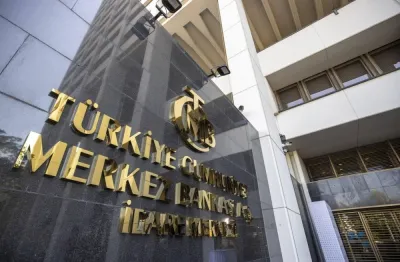Central bankers can’t just “dial up growth” to stimulate economies, outgoing Reserve Bank of Australia governor Glenn Stevens said yesterday, expressing serious reservations about the world’s reliance on monetary policy.
Central banks, particularly in developed nations, enacted unprecedented monetary easing policies after the global economic crisis to kickstart growth – including pumping huge amounts of liquidity into markets, cutting interest rates to ultra-low levels and buying up assets. But the path towards recovery has been uneven. Amid fears that zero or negative interest rates and quantitative easing are becoming ineffective, central banks have started to consider other measures including so-called “helicopter money” where they funnel cash directly into economies.
“We can’t just assume that monetary policy can simply dial up the growth we need. We need some realism here,” Stevens said in Sydney in his last speech before he steps down as Reserve Bank of Australia (RBA) governor next month.
“I have serious reservations about the extent of reliance on monetary policy around the world.”
Stevens said although low interest rates were meant to encourage households and other private entities to take on more debt and spend more, some were already struggling with indebtedness. Instead, governments should increase their borrowing and invest in “long-lived assets that yield an economic return” to generate demand.
“It isn’t that the central banks were wrong to do what they could, it is that what they could do was not enough, and never could be enough, fully to restore demand after a period of recession associated with a very substantial debt build-up,” Stevens added.
The Organisation for Economic Cooperation and Development in June cut its forecast for global growth to 3% from the previous 3.6%, and called on governments to boost spending or risk being caught in a low-growth trap.
Stevens said a return to previous interest rate levels around the world was likely to take some time.
“Through a combination of extraordinary circumstances, the central banking community globally has found itself doing unprecedented things,” the 58-year-old said.
“The ‘return to normal’ at the global level looks like being a very, very slow process. And normal is a different place now.” Stevens, who is handing over to deputy governor Philip Lowe next month after a decade in the hot seat, has been praised for his steady hand as he guided the country through an unprecedented mining investment boom as well as the global financial crisis.
Australia for a quarter of a century has avoided falling into recession.
But as the economy transitions from dependence on mining-driven growth, the RBA has had to cut interest rates to record lows to drive growth in non-resources industries.
The most recent easing to 1.50% was in early August.

Reserve Bank of Australia governor Glenn Stevens speaks in Sydney yesterday. Stevens said although low interest rates were meant to encourage households and other private entities to take on more debt and spend more, some were already struggling with indebtedness.

